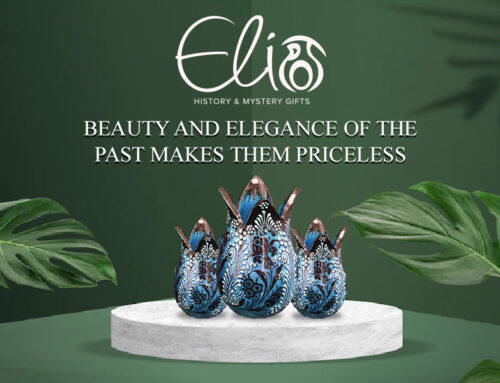Culture forms a very integral part of any nation’s DNA. The ottoman dynasty ruled a vast empire for many years, after which they have left behind a legacy that has embedded itself into the regions that they governed. Traces of that culture can be seen in the modern nations we see today. From the majesty and other worldliness of their architecture to the simple designs of the sold decorative ceramics in North America, the Ottoman dynasty has had an indelible influence on the very fabric of the Turkish culture. It is a significant component in all the Turkish handiwork we see today.
From the earthenware to the embroidery and weaving, Turkish handiwork has proliferated the market places worldwide and is immensely popular among Americans. As a result, the American market has been immensely receptive to a large range of Turkish handicrafts, and they found places in various residential and commercial residences in various capacities.
Ceramic, in particular, has received a booming reception. Let us get to know a little bit more about Turkish decorative ceramic:
Ceramic—from the Turkish word seramik—is a material made by firing a nonmetallic mineral and shaping it into a uniquely shaped object. For example, a pot, or a teacup, maybe even a vase. These ceramics are hard and heat tolerant, hence, finding application in everyday usage as well as being appealing to the eye. Part of the reason ceramics enjoy this rising popularity is because they are immensely functional while still providing the esthetic charm that makes it a must0buy for anyone looking to purchase it. Common examples of ceramic are earthenware, tiles, and porcelain. Ceramic remnants of the past further serve as archeological remnants to tell stories about the race of people who use them. These are priceless historical evidence that indicates the existence of a particular culture, and these ceramics stand the test of time to recount stories of the culture of people who used them.
Çini tiles
Çini tiles are a type of decorated ceramic that is tremendously popular both in terms of utility and decorative value. The specialty of these tiles comes from their esthetic value, and their unique designs have been used in cultures past in their everyday living. Çini tiles are glazed to increase their attractive component. Iznik çinisi, as they are known in Turkish culture, are highly decorated ceramics that feature motifs of plants, animals, and geometrical shapes and patterns.
These tiles, historically, have been used in some of the most beautiful structures known to man. Mosques and palaces were the recipients of these beautiful tiles and are known to be a stark contrast to precious stones and other materials used in other cultures. In addition, these tiles age very well with time from an esthetic sense, adding the power of the years in all these structures, such that they intensely convey the stories and heritage behind the cultures that built them.
At EliPOT, we seek to provide a story with each of our items on sale. The intensity of the designs, their utility, and their wonderful esthetic designs have made these ceramics a must-buy for all observers who come across them. We strive to show the culture behind these designs and attempt to add a sense of value to your purchases that extends beyond just a beauty in the eyes. So visit us now to peruse through our extensive catalog and find a piece that is made just for you!!



Leave A Comment